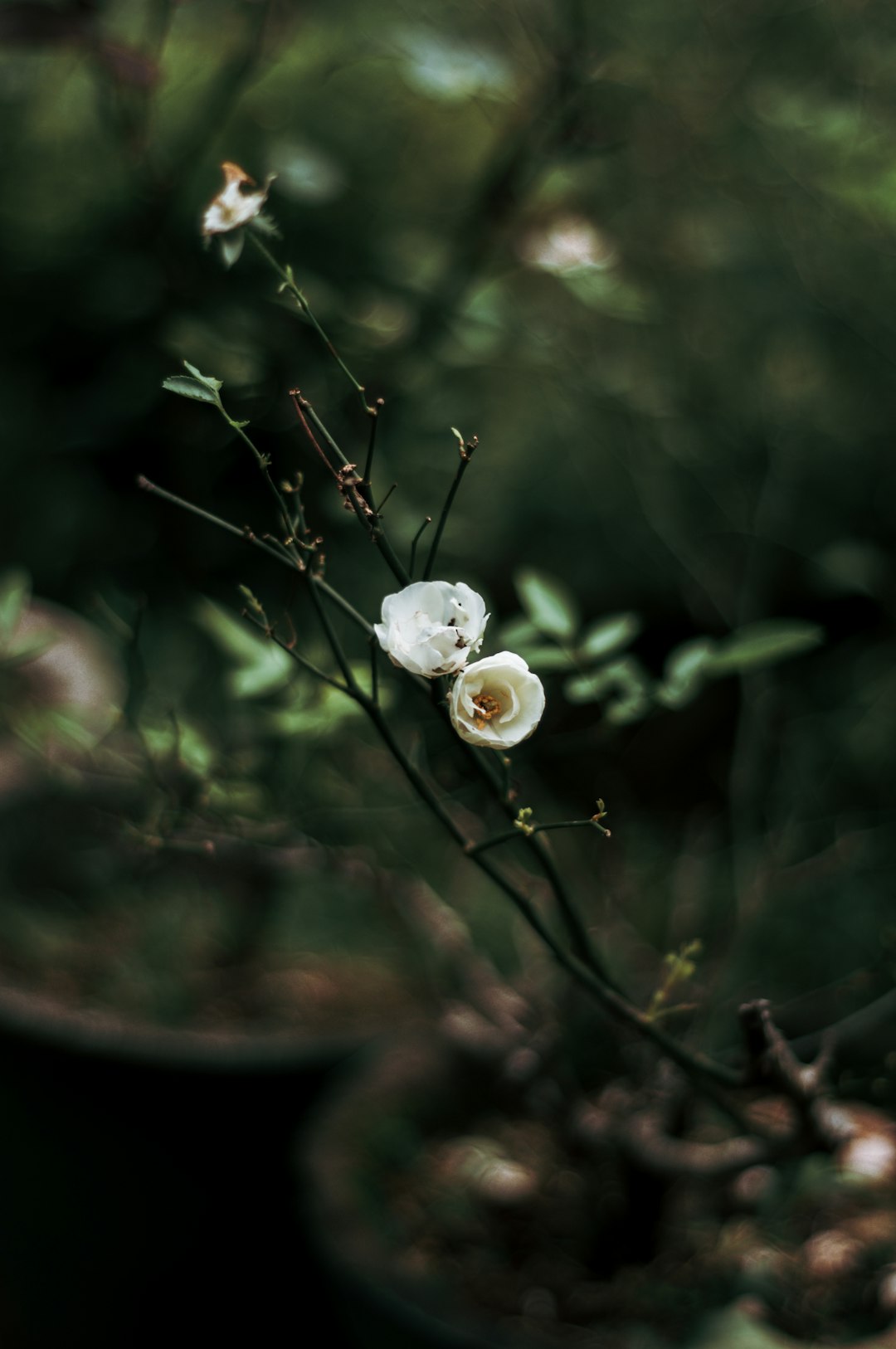Unveiling the Secrets of Bloodleaf Growth

Bloodleaf, with its vibrant foliage, is a captivating plant that can add a splash of color to any garden or indoor space. Whether you choose to grow it as an annual or a houseplant, especially in cooler climates, there are several key tips to ensure its successful growth.
### Understanding Bloodleaf
Bloodleaf, scientifically known as Iresine herbstii, is native to tropical regions. Its leaves come in a variety of colors, including deep reds, purples, and greens, making it a popular choice among gardeners. The plant can grow up to 2 - 3 feet tall and has a bushy appearance. It produces small, insignificant flowers, but it's the foliage that truly steals the show.
### Choosing the Right Location
When growing bloodleaf, location is crucial. If you're growing it outdoors as an annual, choose a spot that receives partial to full sun. In hot climates, some afternoon shade can prevent the leaves from scorching. Indoors, place the plant near a bright window where it can get plenty of indirect sunlight. A south - or west - facing window is often ideal. However, if the light is too intense, the leaves may lose their vibrant color.
### Soil Requirements
Bloodleaf thrives in well - draining soil. A good potting mix for indoor plants or a garden soil that has been amended with compost or peat moss works well. The soil should be rich in organic matter to provide the necessary nutrients for the plant's growth. The pH of the soil should be slightly acidic to neutral, around 6.0 - 7.0. You can test the soil pH using a simple soil testing kit available at most garden centers.
### Watering
Proper watering is essential for bloodleaf. The soil should be kept consistently moist but not waterlogged. Overwatering can lead to root rot, while underwatering can cause the leaves to wilt and drop. Water the plant when the top inch of the soil feels dry to the touch. In hot, dry weather, you may need to water more frequently, especially if the plant is growing outdoors. Indoors, be careful not to let the plant sit in standing water, as this can also cause problems.
### Fertilizing
To keep bloodleaf looking its best, regular fertilizing is recommended. Use a balanced, water - soluble fertilizer every 2 - 3 weeks during the growing season (spring and summer). Follow the instructions on the fertilizer package for the correct dosage. In the fall and winter, reduce the frequency of fertilizing to once a month or stop altogether, as the plant's growth slows down during this time.
### Pruning
Pruning helps to keep bloodleaf bushy and compact. Pinch off the tips of the stems regularly to encourage branching. You can also remove any dead or yellowing leaves to maintain the plant's appearance. If the plant becomes too leggy, you can cut it back by up to one - third of its height. Pruning is best done in the spring or early summer when the plant is actively growing.
### Pests and Diseases
Bloodleaf is relatively resistant to pests and diseases, but it can still be affected by a few common problems. Aphids, spider mites, and whiteflies are some of the pests that may attack the plant. You can control these pests by spraying the plant with a mild insecticidal soap or neem oil. Fungal diseases, such as powdery mildew, can occur in humid conditions. To prevent fungal diseases, ensure good air circulation around the plant and avoid overhead watering.
### Growing Bloodleaf as a Houseplant
If you live in a cool climate, growing bloodleaf as a houseplant is a great option. Make sure to provide it with the right amount of light, water, and fertilizer as described above. You can also mist the leaves occasionally to increase humidity, especially during the dry winter months. Repot the plant every 1 - 2 years to give it fresh soil and more room to grow.
### Conclusion
With its vibrant foliage and relatively easy care requirements, bloodleaf is a wonderful addition to any garden or indoor collection. By following these key tips for growing bloodleaf, you can enjoy its beauty year after year, whether you choose to grow it as an annual outdoors or as a houseplant in cooler climates. So, go ahead and give bloodleaf a try, and watch as it transforms your space with its colorful leaves.